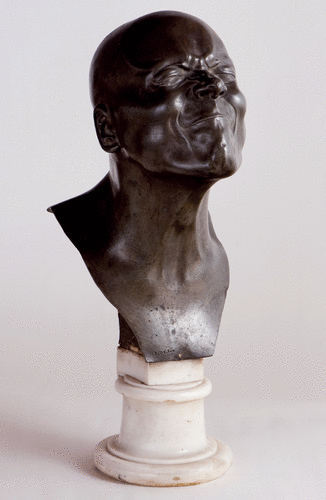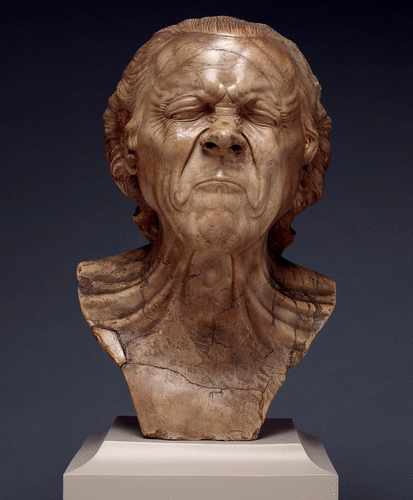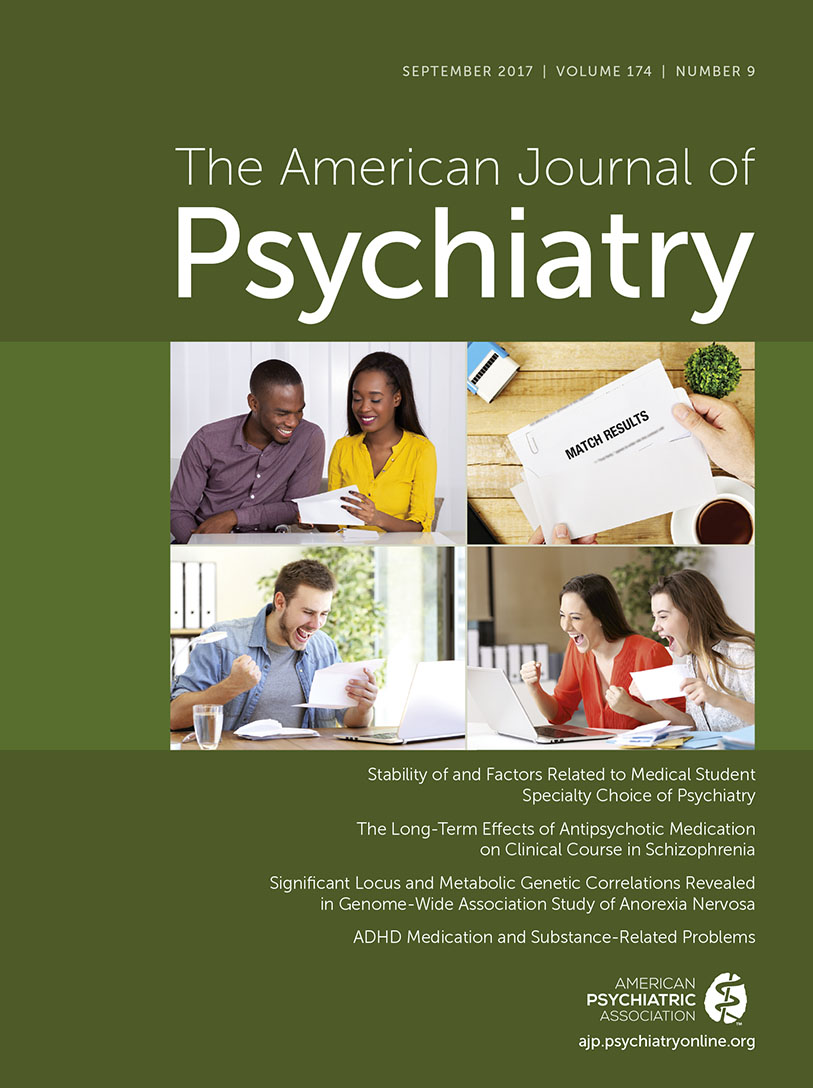The Character Heads by Franz Messerschmidt: An Example of Art Therapy

Man Looking at the Sun (1780–1783), alabaster, 42×22×30 cm, Museo Palazzo Coronini Cronberg, Gorizia, Italy (property of the Fondazione Palazzo Coronini Cronberg, Gorizia; photograph by Claudio Sclauzero, Gorizia).

The Vexed Man (1771–1783), alabaster, 39.4×27.3×26 cm, J. Paul Getty Museum, Los Angeles (digital image courtesy of the Getty's Open Content program).
A relationship between psychiatric illnesses and creativity is supported by the case of the German sculptor Franz Xaver Messerschmidt (1736–1783) and his most famous artistic work, the collection known as the Character Heads. It comprises 69 (49 actually known) marble, alabaster, and bronze busts, mostly self-portraits, characterized by facial distortions and dated about 1770–1780. They were found in the sculptor's studio after his death. The titles were not created by Messerschmidt but were assigned only after the sculptures were found. Erroneously, the Character Heads were believed to be Messerschmidt's study of physiognomy and pathognomy. Really, they were strictly related to the mental illness he suffered (1). Messerschmidt shared the late Baroque focus on religious and courtly subjects until 1770, when he began to sculpt the Character Heads. Although biographical accounts of him are unclear and fragmentary, it is known that in 1771 Messerschmidt started to suffer from paranoid ideas and hallucinations (1). These symptoms progressively worsened, and in 1774 he was expelled from teaching at the Art Academy of Vienna. The State Chancellor at that time justified this decision to the Empress by arguing that, despite Messerschmidt's great artistic ability, his “confusion in the mind” would damage the institution (1). Despite his elusive character, Messerschmidt agreed to meet the German writer Friedrich Nicolai in his studio (2). A report of their meeting was later published by Nicolai, and it is the only useful contemporary document detailing Messerschmidt's reasoning behind the execution of his Character Heads (2). It emerged that Messerschmidt suffered from paranoid ideas, hallucinations, and an unspecified digestive disorder causing him considerable discomfort (1, 2). The sculptor used to pinch himself to distract him from this abdominal discomfort. Some resulting facial expressions observed in a mirror were then reproduced in the Character Heads (2).
The artist sculpted to display the spirits intending to destroy him and his art (1). Indeed, Messerschmidt explained that he was periodically tormented by malign spirits, the most frightful of which he called the “Spirit of Proportion.” He said that the Character Heads irritated this spirit, who visited him at night, forcing humiliating torture on him (2). Messerschmidt was convinced that if he welcomed the spirits with sculptural expressions of extreme emotions, they could be kept at bay (2).
Messerschmidt's psychiatric disease, probably schizophrenia, fed his creativity, but at same time the art acted as a means to counteract his ailments. Thus, it could be considered a form of art therapy.
1 : Psychoanalytic Explorations in Art. Madison, Conn, International Universities Press, 1952Google Scholar
2 : Beschreibung einer reise durch Deutschland und die Schweiz, in Jahre 1781: Nebst Bemerkungen über Gelehrsamkeit, Industrie, Religion und Sitten. Edited by Nicolai F. Berlin, Stettin, 1783Google Scholar



